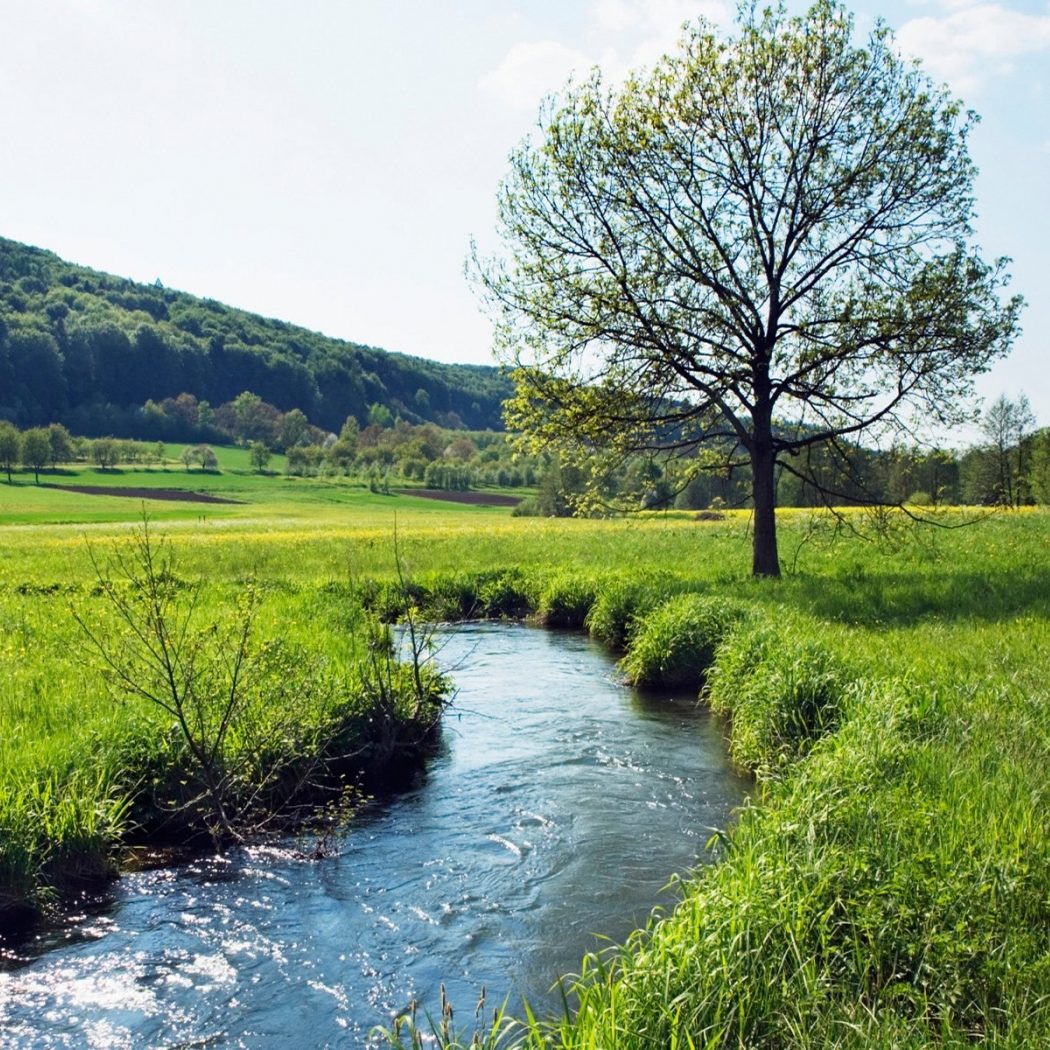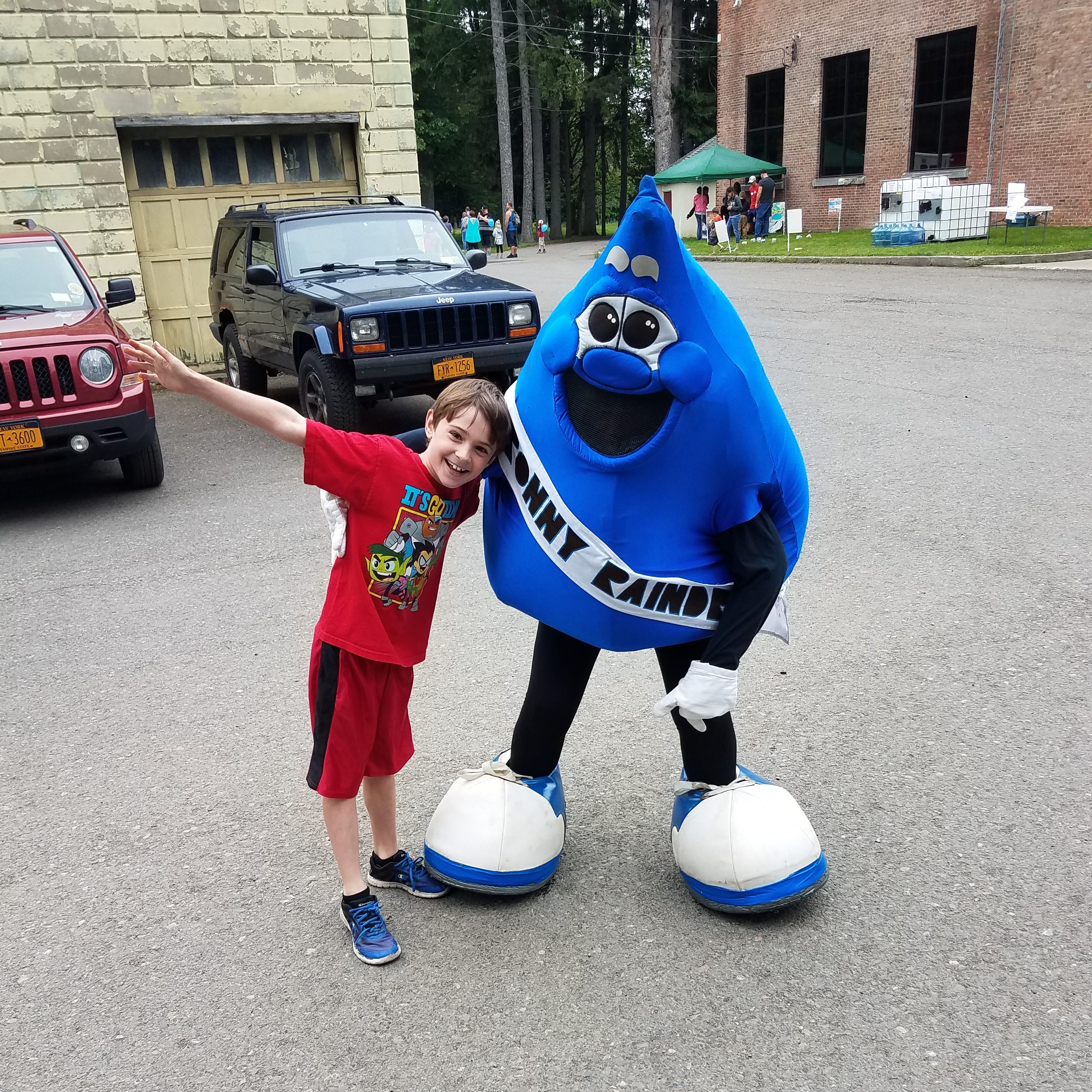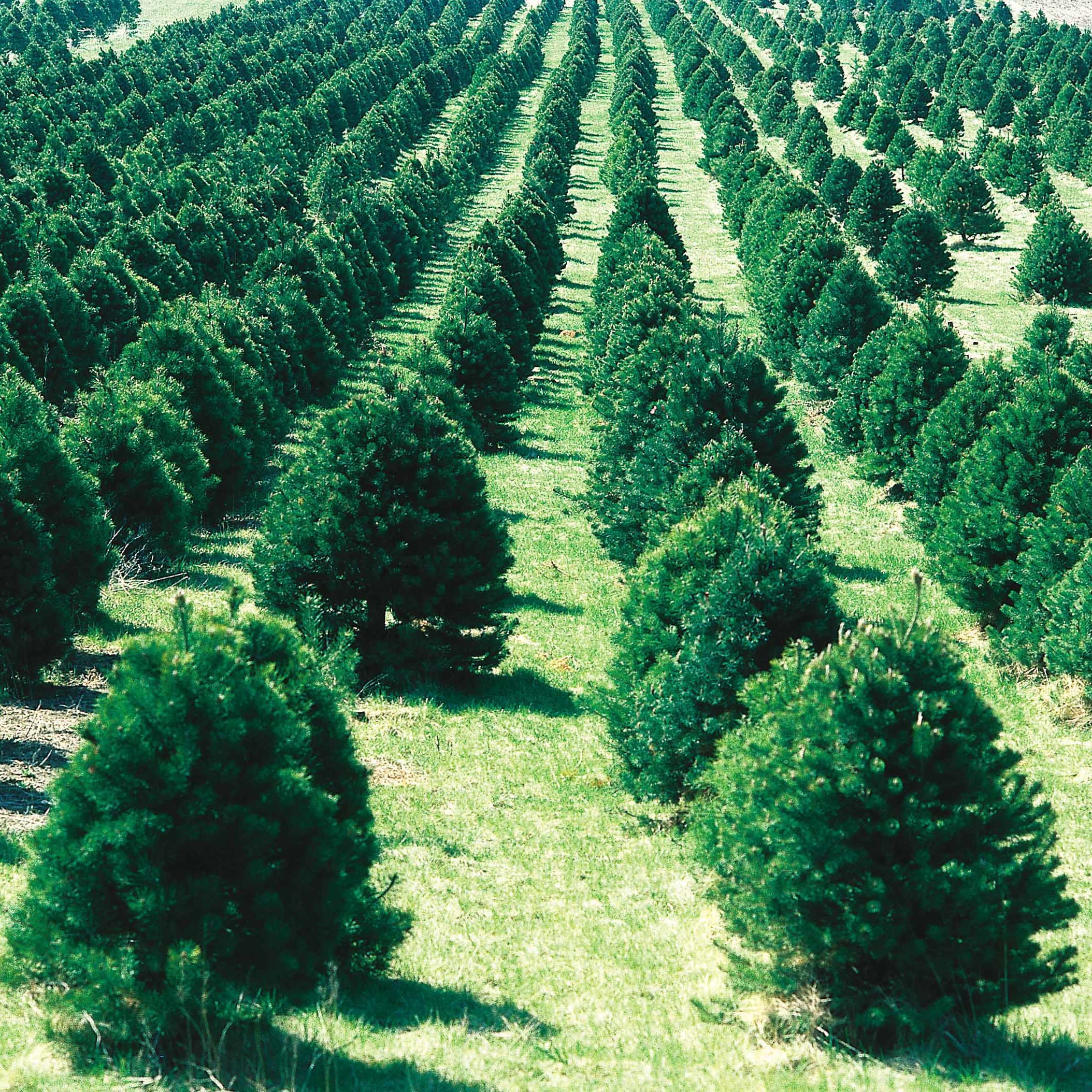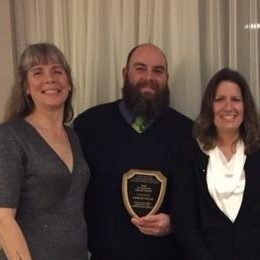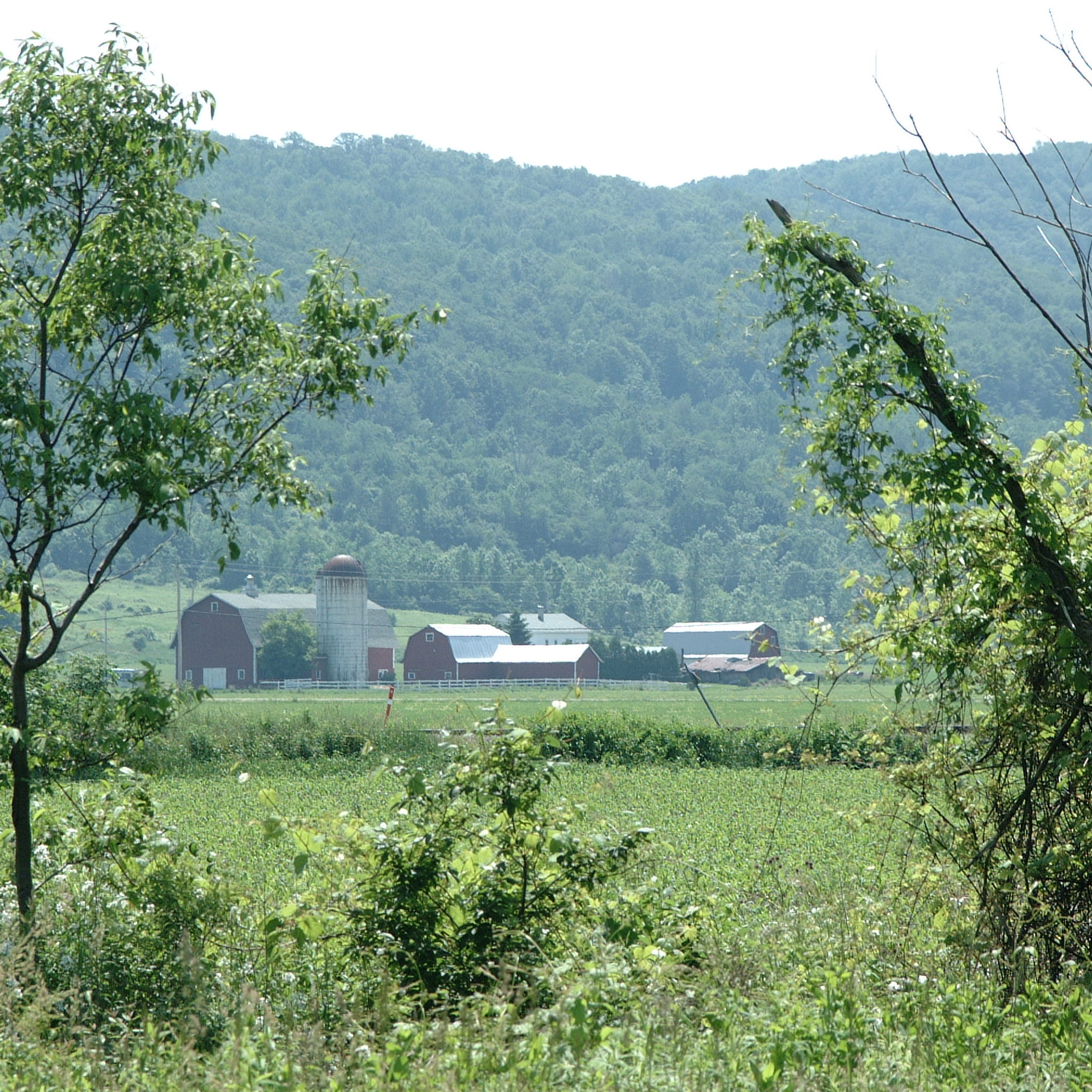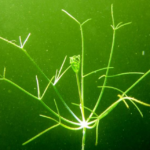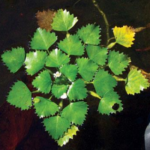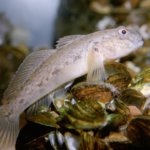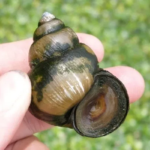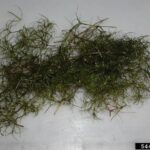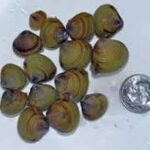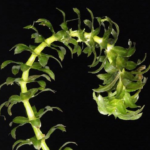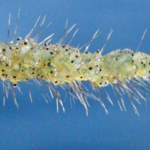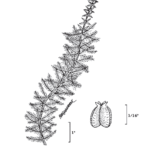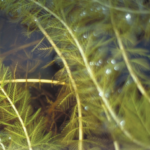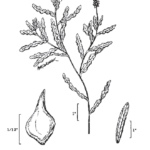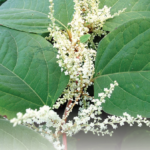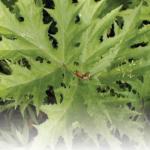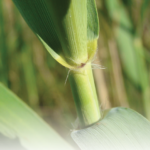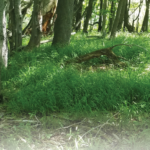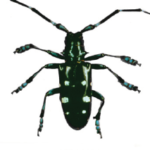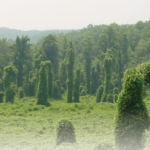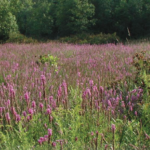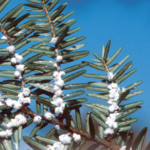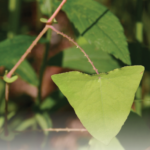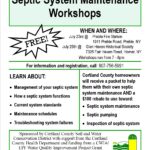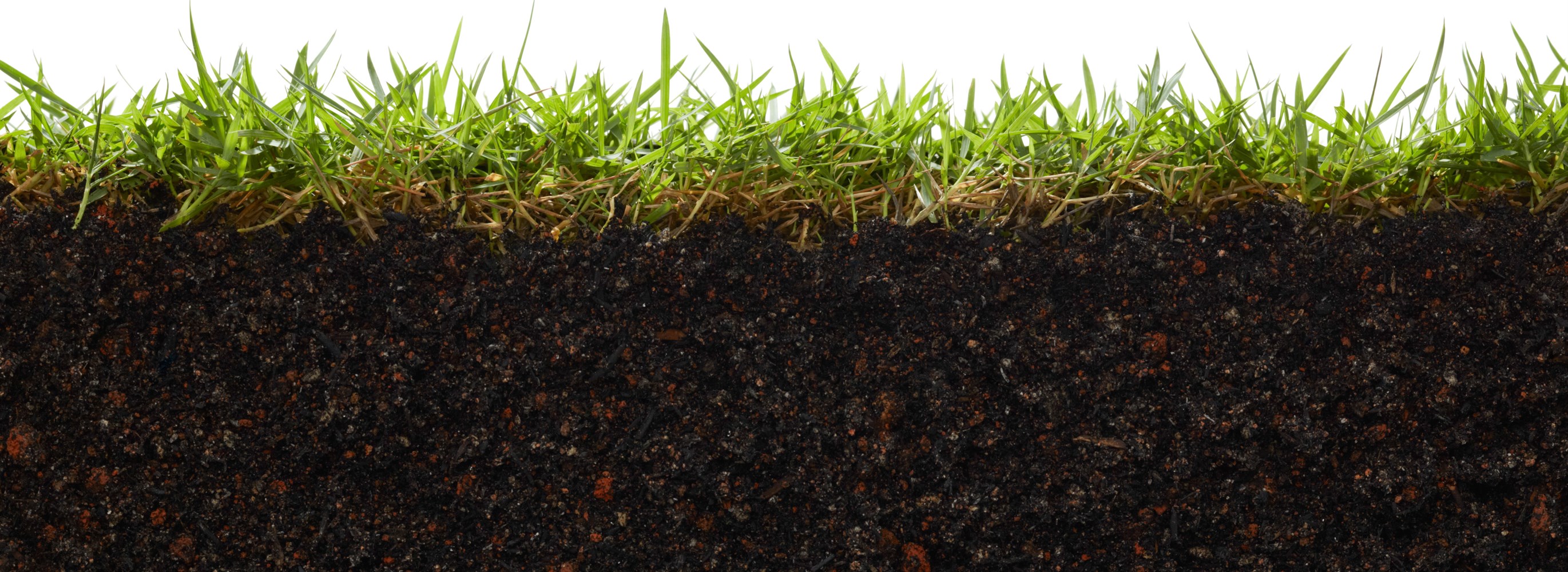Invasive Species
What are they?
The federal government defines invasive species as living organisms that are non-native to an ecosystem and whose introduction causes or is likely to cause economic or environmental harm, or harm to human health.
Invasive species have the potential to alter entire ecosystems and change the landscape for generations to come. Identifying and managing invasives can greatly change the impact these species make on our natural resources. Invasive species can generally be broken up into two categories; aquatic and terrestrial. Aquatic invasive species are species that inhabit wet ecosystems and often threaten water quality either directly or indirectly. Terrestrial invasive species are species that primarily live on land. These organisms can also negatively impact soil and water quality by altering the species composition of the landscape and changing how the environment functions. As our world has become increasingly connected, invasive species have become more problematic and widespread. It is more important than ever to learn about the invasive species in your area and how you can be preventing their spread.
It is also important for researchers, government agencies, and other organizations to know where invasive species are and how they are spreading. There are a few ways to document an invasive species in our area.
- To help identify a species and determine if it is invasive or not, try iNaturalist. This is an app and website that you can use to identify species. To use the app, you take a photo of any organism, then upload it. The app suggests possible species it could be based on other observations in the area. iNaturalist tags the exact location of the observation. Once it is uploaded, then experts on the app can confirm the species you saw.
- If you find a species that is invasive, you can document the species on the app or website called iMapInvasives. This app allows you to take a photo of the invasive species and upload it. It records the exact location and helps scientists, researchers and organizations like the DEC to track invasive species.
- Some species are of high concern or are a risk to public health, and require a more immediate response.
- Giant Hogweed – **DO NOT TOUCH** Send an email with pictures and the location to the DEC at ghogweed@dec.ny.gov or call 845-256-3111.
- Spotted Lanternfly – take a photo and email it to spottedlanternfly@agriculture.ny.gov
- Asian Longhorned Beetle, Emerald Ash Borer, Hemlock Woolly Adelgid – send pictures and location to foresthealth@dec.ny.gov
- Hydrilla – send photos and location to isinfo@dec.ny.gov or call 518-402-940
Below you can find fact sheets on various invasive species found in Cortland County.
If you need help, please contact Cortland County SWCD and we will assist you with identifying and tracking invasives in the county. We can be reached through email at amanda.barber@cortlandswcd.org or via phone call at 607-756-5991


